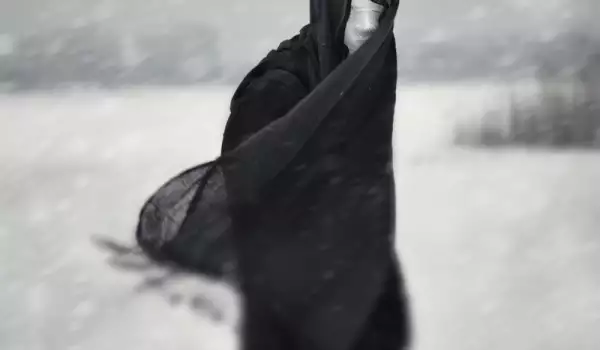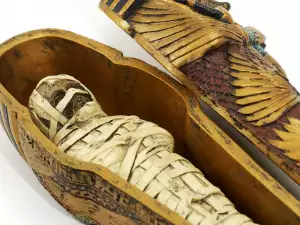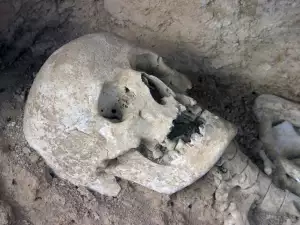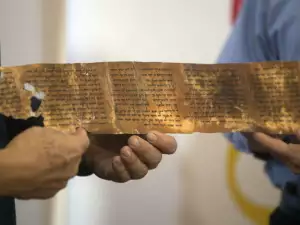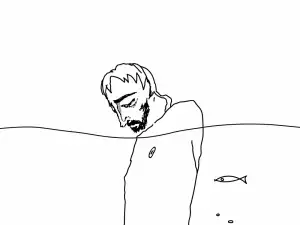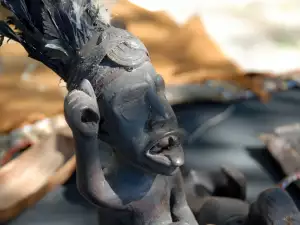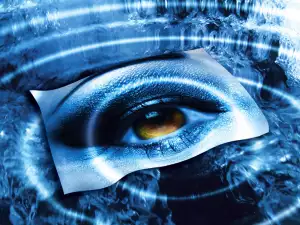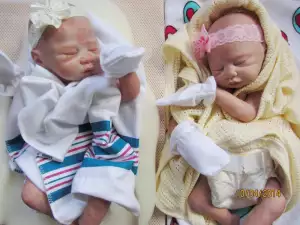The invention of photography during the Victorian age gave rise to an unusual and quite ominous practice - the photographing of dead people.
Post-mortem photography was especially common and popular for people from all walks of life because it gave mourning families an opportunity to make a valuable memento of loved ones who they had lost.
During the Victorian age, mortality rates were quite high due to bad hygiene, diseases and the absence of modern medicine. One of the most vulnerable groups were children.
There was hardly a family that hadn't lost one or more children and photography was the only way to make and keep a living memory of their offspring.
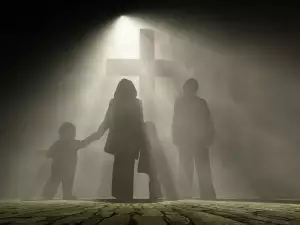
Of course, photographers took pictures of living people as well but to have yourself photographed was so expensive that people could rarely afford it while still alive. Instead they set aside money to immortalize their loved ones when they finally came knocking at death's door.
This led to the creepy trend of not just photographing the deceased laying in their coffins but to having them positioned as if they were still alive. For this purpose they were often dressed in their finest clothes.
Deceased children were photographed in their parents' embrace, and living ones - in the laps of their dead mothers.
There was special equipment used to keep the departed in a sitting or standing pose, and when at times the photographer was several days late and the body began decomposing, it was covered with a towel or special mask.
Post-mortem photography caught on and developed. Photographers used ever more inventive ways to breathe life into those who had died. They did their hair, put makeup on, even drew on fake eyes.
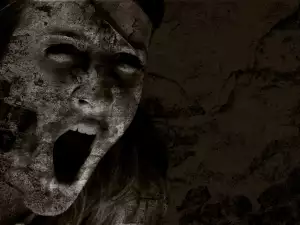
Ultimately all of these efforts paid off because afterward the departed came out crystal clear, as if alive, while their living relatives always came out slightly blurred.
This phenomenon was due to the slow process by which photographing took place at the time. The individuals being photographed had to sit absolutely still for several minutes while the canvas behind them was lit up, and in reality living people can't just freeze up.
A photo album of the dead was present in nearly every home during the Victorian era, just like years later regular photo and digital albums would be.
And even though the practice of photographing the deceased in various positions may seem sinister and depraved to us today, it found extensive public approval in the past.
